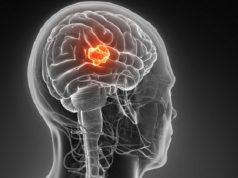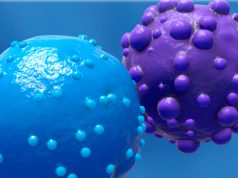The Challenging Solid Tumor Microenvironment
The challenging tumor microenvironment is another obstacle with CAR T-cell therapy of solid tumors.
As reported by Newick and colleagues, significant hurdles include:
- Trafficking: CAR T cells must successfully reach the solid tumor, infiltrate the stroma, and overcome mismatched chemotactic signals.
- A tumor environment marked by oxidative stress, lack of nutrients, an acidic pH, and low oxygen levels.
- Target antigens that are heterogenous, often within primary and metastatic tumors; unlike blood cancers which have homogenous antigens.
- Escaping from the infiltrating, tumor-protective immune cells like regulatory T cells (Tregs) or tumor-associated macrophages.
- Overcoming the immunosuppresive pathways that inhibit CAR activity, such as the immune checkpoint.
Due to poor trafficking after intravenous infusion of CAR T-cell therapy, local instillation directly into the tumor area is under research, but this technique may lead to challenges with distribution of CAR T cells to distant malignant sites.
Learn More: CAR T-Cell Therapy: A Healthcare Professional’s Guide – Introduction The Tumor
CAR-T’s and Solid Tumors: On Target-Off Tumor Toxicity
CAR T success in hematologic malignancies like lymphoma is partly due to the fact that the CD19 tumor antigen is not present on other cells — except B cells. This helps to spare healthy tissues that do not express this antigen.
However, B cell aplasia can occur, a type of “on target-off tumor” toxicity, where the CAR T-cells destroy normal B cells, yielding an increased risk of infection. In studies, B cell aplasia due to CAR T cell therapy is managed with monthly intravenous immunoglobulin (Ig) infusions.
Learn More: CAR T-Cell Therapy: A Healthcare Professional’s Guide – Adverse Events
With a solid tumor, target antigens are not as specific as with blood cancers. Researchers are trying to pinpoint ways to prevent “on target-off tumor” toxicity with CAR T cell therapy directed towards solid tumors. In one case report from Morgan and colleagues, a fatality occurred after infusion with a high affinity HER2-CAR, as healthy tissues with these targets were rapidly attacked in the lung, leading to cytokine storm, and eventual death due to respiratory and cardiac distress.
What methods are researchers looking at to prevent “on target-off tumor” toxicity?
- Thorough preclinical toxicology studies to identify agents with a high chance of this toxicity.
- Lower and slower dose escalation studies.
- Insertion of suicide genes which can be activated in response to adverse events.
- Engineering the CAR so that it must recognize two antigens for activation.






